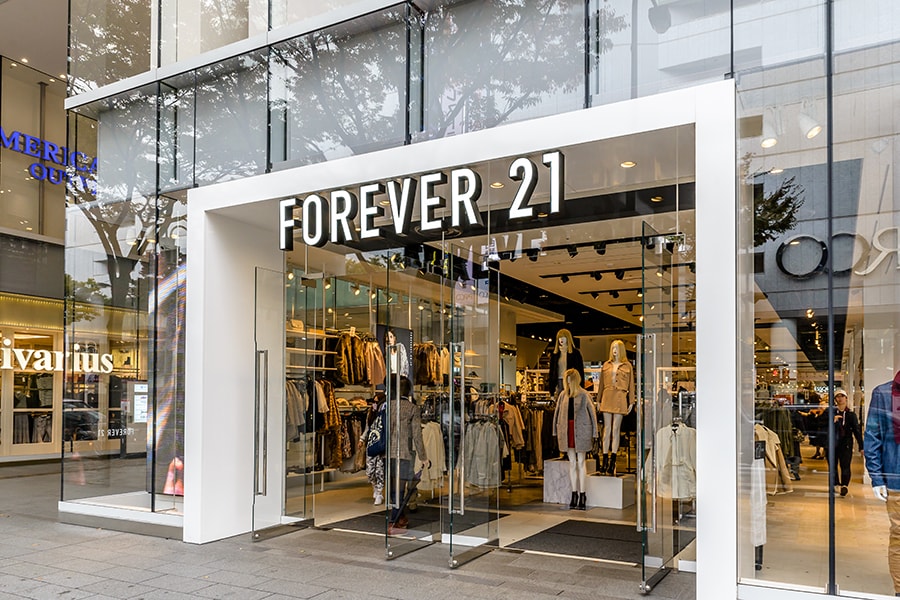
Why Forever 21 heralds what is wrong with family businesses
What family businesses can learn from the failure of Forever 21
 Image: Shutterstock
Image: ShutterstockPrivately held Forever 21 was founded by South Korean immigrant husband and wife team, Do Won and Jin Sook Chang in 1984. It started small, as most family businesses do, as a single store in Los Angeles, becaming a multibillion dollar operation in over 40 countries before it filed for bankruptcy in September 2019.
Rise to Success:
Forever 21 specialised in the fast fashion principle as it made outfits for young teenager girls, who wanted to dress like their favourite celebrities. Forever 21 helped them by providing these fast and at affordable rates, with USD5 tops and USD20 dresses.
This made them the favourite amongst their customers, who would form huge lines for the new store openings. The company also became an attractive tenant for most malls, usually becoming the anchor tenant with its huge sized stores (averaging 38,000 as per the company website), which drew huge footfalls. The company became a trendsetter, selling rapidly changing styles in young women’s dresses, tops, jeans, other apparel and accessories as a part of its fast fashion strategy. The brand sold hope and aspiration to the millions of teens who aspired to dress like their celebrities. The store catered to teenagers and young adults, along with some slightly older customers who refused to grow over 21.
The Changs were religious Christians with a reference to a verse from the Bible printed on the bottom of very bag (John 3:16).
The huge success, the fast growth fuelled its 800 plus stores worldwide, most of them though in the US, giving it about 4 billion dollars in sales. And the Changs were counted amongst billionaires with a combined net worth of USD5.9 billion in 2015. Nothing could seem to go wrong. And then it did.
It filed for bankruptcy in September 2019.
[This article has been reproduced with permission from SP Jain Institute of Management & Research, Mumbai. Views expressed by authors are personal.]




